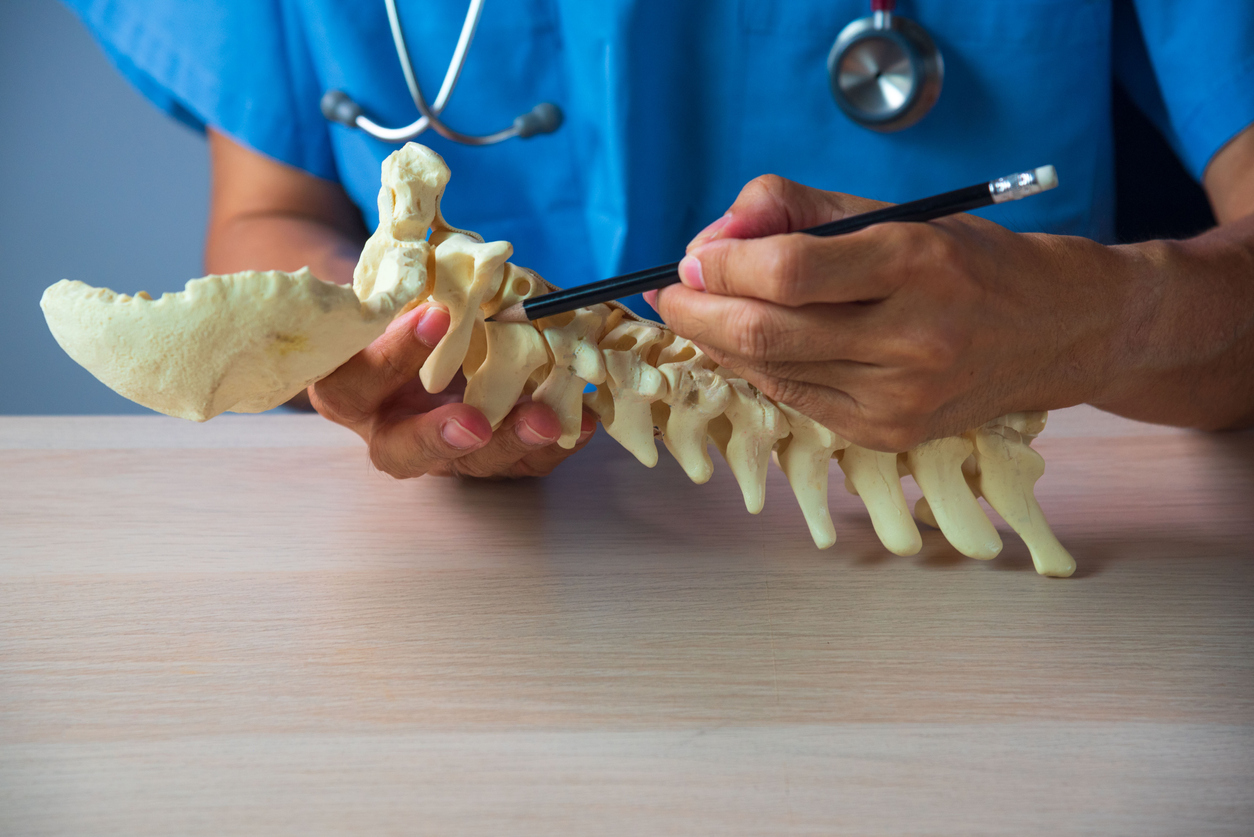Peripheral Procedures

Carpal Tunnel Release
Carpal tunnel syndrome is a common, painful condition of the hand and fingers caused by compression of a major nerve where it passes over the carpal bones through a passage at the front of the wrist, alongside the flexor tendons of the hand. It may be caused by repetitive movements over a long period, or by fluid retention, and is characterized by sensations of tingling, numbness, or burning.
The surgery is performed at the surgery center under local anesthetic with sedation. It typically takes about 30 minutes. Your hand will be wrapped in a bandage that will stay in place for 4 days. Once removed, you will need to wash your hand several times a day with soap and water. Sutures will be removed at 10-14 days post surgery.
• Minimize activity on the day of surgery.
• Elevate the surgical hand and apply an ice pack every hour for 20 minutes, for the first 48 hours. After that, elevate and apply ice 2-3 times/day until the swelling goes down. Place a thin towel between the ice bag and your skin. Do NOT use heat.
• Once the initial surgical dressing is removed, you may use the hand and wrist as tolerated for light activity. You are encouraged to bend the wrist, elbow and fingers as soon as the initial surgical dressing is removed.
• Avoid lifting, pushing, or pulling any object greater than 5-10 pounds for the first 10-14 days. Do not use exercise equipment until your doctor allows you to do so.
Monitored Anesthesia Care is used for All Carpal Tunnel and Cubital Tunnel procedures.
